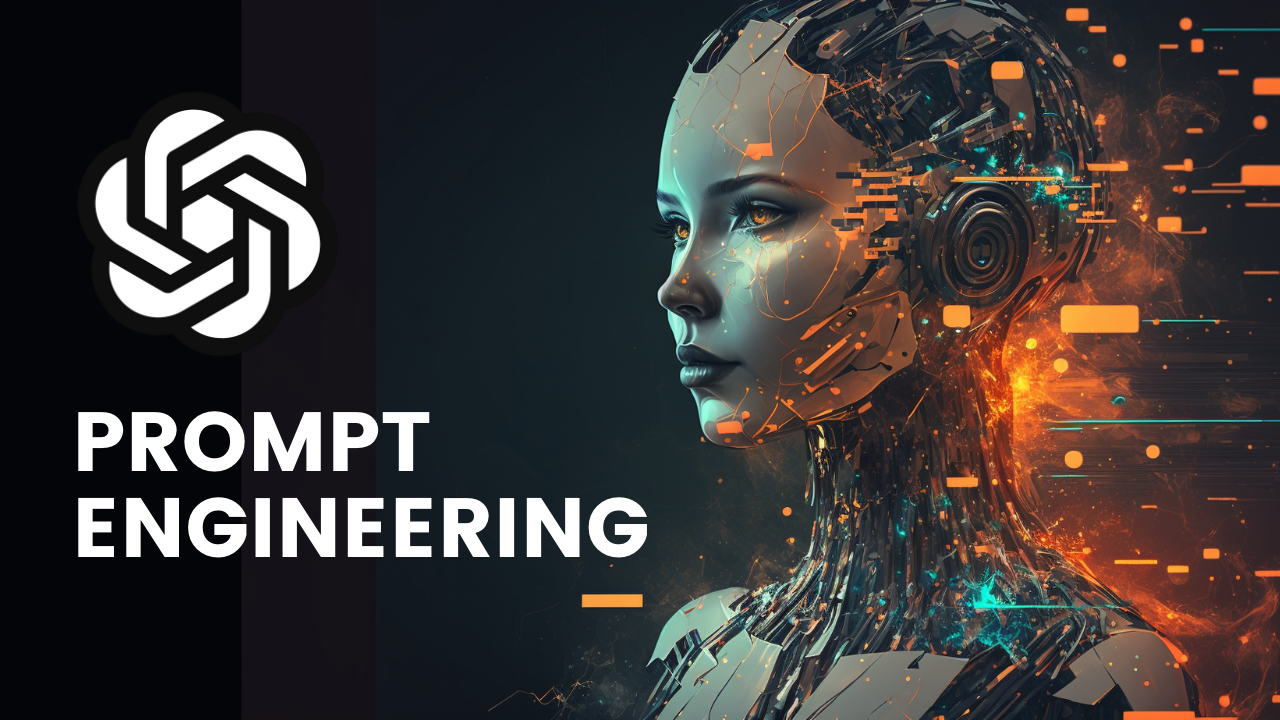Mastering Prompt Engineering: Unlocking AI's Full Potential
 Manish Timalsina
Manish Timalsina
Living in the artificial intelligence age, the way we interact with a model often unlocks its capability. And that is where prompt engineering comes in-between the fancy words. That art form deals with the crafting of inputs, otherwise called "prompts," that will deliver accurate and useful outputs from AI systems, especially in natural language processing. From health to education, finance, and much more, AI applications abound; bearing this in mind, prompt engineering quickly finds its place as the inescapable skill for both developers and researchers but even end-users who work with AI models.
The Role of Prompts in AI Models
In simple terms, prompt engineering means just what an AI model does in terms of processing inputs and responding accordingly. Most AI models, especially those that are text-generating, rely heavily on the structure, context, and clarity of their prompts. You'd get very precise, actionable, and qualitative responses if you have a good structure with contextual relevance, but without that, you might end up getting completely irrelevant or inaccurate responses.
As the question becomes more specific, the number of ways it might be answered will change, too-for example, from Simple Prompt: "What is Python?"-Snake or programming language.
Elaborated Prompt: "What is Python programming, and what has it been used for?"-Explanation of Python as a programming language.
That again goes to show how slight changes in a prompt can indeed change the AI response dramatically, hence knowledge of how the prompt engineering works is quite critical.
Principles of Effective Prompt Engineering
Clarity
Clarity is the prime characteristic of a prompt; it should have no ambiguity. AI models will work best if they can get what exactly you ask for. Don't use complex or vague languages.
Example: What is Python? It will translate to something that makes hardly any sense, such as Python as a programming language that includes its main features and usages.
The more precise it is, the more appropriate the response will be.
Example: Instead of asking "What is AI?", ask "What are the most important elements of artificial intelligence in the context of computer vision?"
Context
The more context you give, the more relevant your answers will be. A good general rule of thumb is that adding some contextual elements to your prompts fosters more reflective responses.
Example: "Within healthcare, what is artificial intelligence currently being used for in order to better serve the level of patient care?
Iterative Refining
Sometimes, the best prompt is one that you arrive at through iteration. Start with an easy prompt, and iterate based on what you get to produce the results you want.
Task-Oriented Prompts
Write out exactly what you want to have happen-what kind of concrete results you want-for example, summarizing a document or answering factual questions.
"I want you to summarize the article about climate change in 100 words."
Advanced Prompt Engineering Techniques
Few-shot prompting
That is, embedding some examples in the prompt to indicate what type of output is expected.
Example: "Here are a few sample translations of the following English sentences into French. Provide their corresponding translations. 1. 'How are you?' → 'Comment ça va?' 2. 'Where is the library?' →
Zero-Shot Prompting
There is no example given. The model will enforce the task based solely on the prompt itself. This works on big-data-trained models.
Example: "Description of Artificial Intelligence in 3 sentences."
Chain of thought prompting is the understanding that the model should not be provided the answer, but rather prompted, step-by-step, to break down its thought process for a better, well-reasoned answer.
Example: "How would you work out this math problem step by step: 5x + 3 = 18?
Why Prompt Engineering Matters in the Future of AI
Because AI keeps improving, so does the complication level that it can achieve. Creative writing and coding assistance are just but a few things that the future of AI entirely depends on-how we will be able to effectively lead it through prompt engineering. This is what makes developers who master this skill capable of receiving more precise and valuable outputs from AI models, which makes them more efficient and adaptable across various industries.
In fact, prompt engineering is not something reserved for the AI researcher or some enlightened tech enthusiast. When AI becomes increasingly imminent in its deployment for human use, expertise in its activation will become a daily form of skill, much like learning to code was during the nascent days of computing.
Conclusion
Prompt engineering is trending to be one of the most important skills in this AI-driven world. Clarity principles up to specificity, context, and task-oriented understanding of it can be interjected into AI models for better and more accurate results. The more the expansion of AI technology brings mastery of this skill into new possibilities that are not confined to technology alone but extend even into health, education, and many others.
Subscribe to my newsletter
Read articles from Manish Timalsina directly inside your inbox. Subscribe to the newsletter, and don't miss out.
Written by

Manish Timalsina
Manish Timalsina
I’m passionate about all things tech, from AI and software development to prompt engineering and coding best practices. On a journey to share insights, tutorials, and experiences in the world of technology. Let’s explore the future of AI and development together!